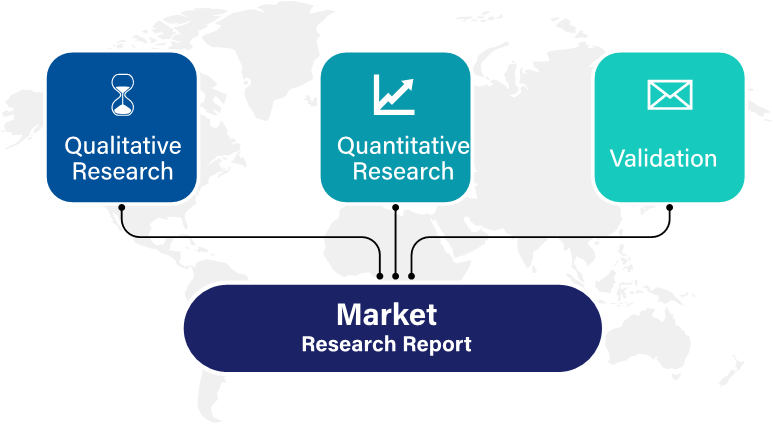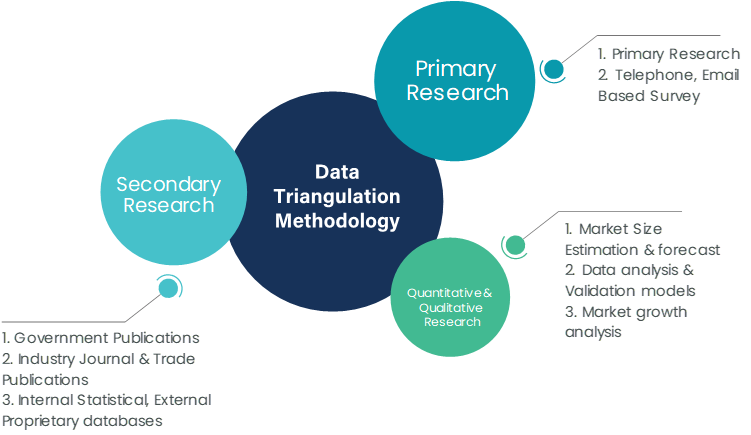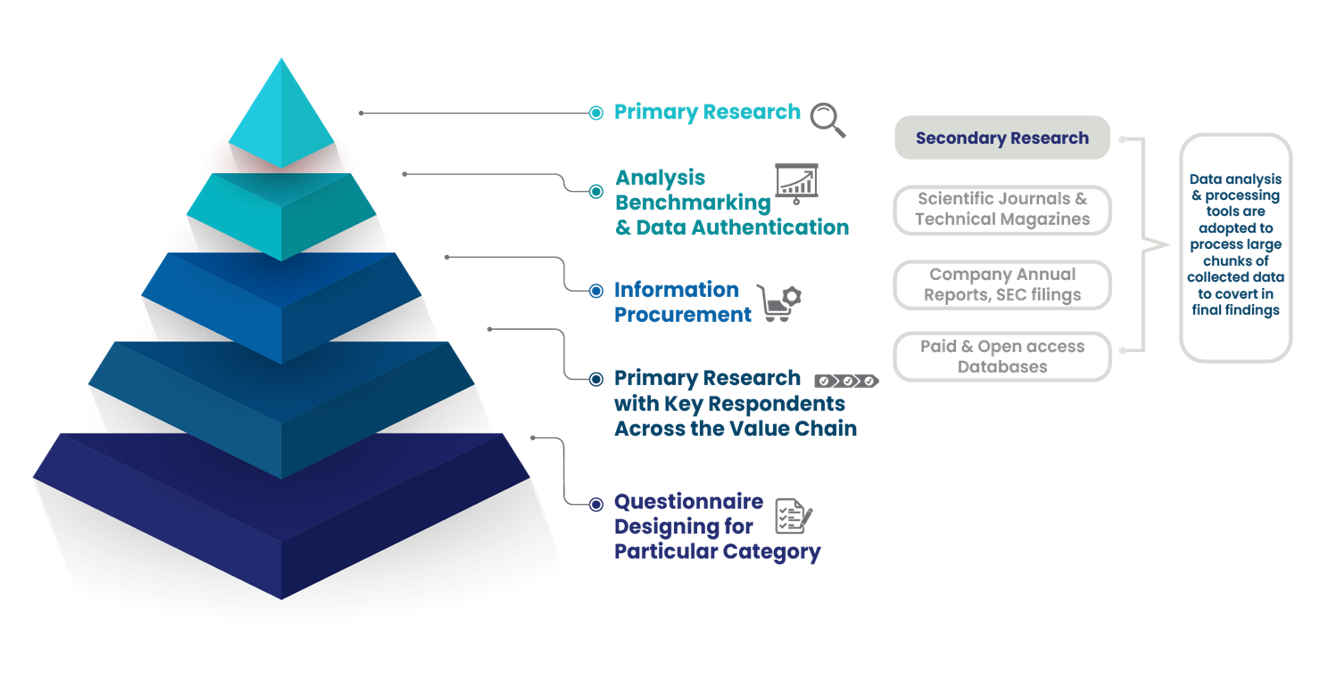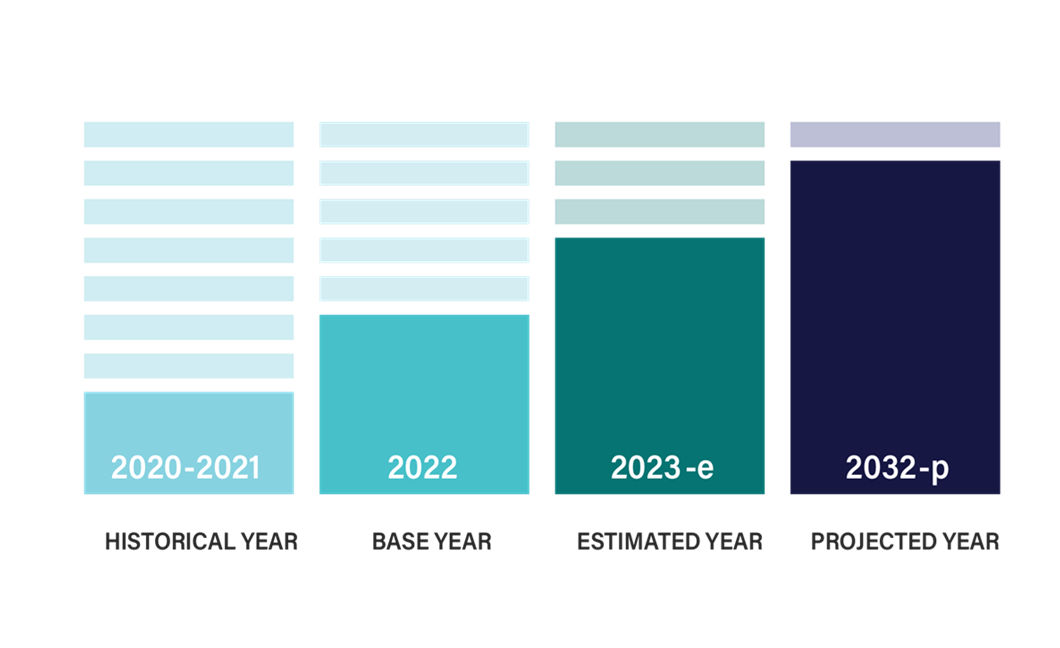

Executive Summary
The global thermoplastic polyolefin (TPO) market is projected to experience significant growth from 2024 to 2031, driven by increased demand in automotive, construction, and roofing applications. TPO, a polymer blend of polypropylene and elastomers, is known for its durability, UV resistance, and recyclability, making it a preferred material across multiple industries. According to International Market Research (IMR), the global TPO market is estimated to reach approximately USD 5.5 billion by 2031, growing at a compound annual growth rate (CAGR) of about 6% from its estimated value of USD 3.4 billion in 2024.
Market Overview
Definition and Characteristics of Thermoplastic Polyolefins
Thermoplastic polyolefin (TPO) is a type of polymer commonly used in applications requiring durability and flexibility, such as automotive parts, roofing membranes, and various industrial products. It combines the performance benefits of polypropylene with rubber-like elasticity, providing resistance to UV light, impact, and harsh weather conditions. TPO can also be easily recycled, aligning well with current trends toward sustainable materials in various industries.
Market Drivers
Market Challenges
The TPO market faces several challenges, including:
Market Segmentation
By Product Type
By Application
By End-User Industry
Regional Insights
North America
North America is a major market for TPO, driven by the construction industry’s demand for sustainable roofing materials and the automotive industry’s focus on lightweight, durable components. The U.S. accounts for a significant share of the market in this region, with major automakers and construction companies adopting TPO materials. IMR projects a steady CAGR of approximately 5.5% for North America from 2024 to 2031.
Europe
Europe is a key region for TPO, with countries like Germany, France, and Italy leading in automotive and construction applications. The European Union's regulations on environmental sustainability are pushing manufacturers to adopt recyclable materials, including TPO, in various applications. IMR forecasts a CAGR of around 5.3% for Europe over the forecast period.
Asia-Pacific
Asia-Pacific is expected to be the fastest-growing market for TPO, with rapid industrialization, urbanization, and expanding automotive manufacturing. China, Japan, and India are major markets within the region, with growing demand for TPO in automotive and construction sectors. IMR anticipates a CAGR of approximately 7% for Asia-Pacific through 2031.
Latin America and the Middle East & Africa
These regions are projected to see moderate growth in the TPO market, supported by expansion in construction and automotive sectors. Latin America, particularly Brazil and Mexico, has witnessed an increase in construction projects and automotive production, driving TPO demand. In the Middle East & Africa, the market is growing due to infrastructural development and urbanization.
Market Forecast and Projections (2024 - 2031)
According to IMR, the global TPO market, valued at around USD 3.4 billion in 2024, is expected to reach approximately USD 5.5 billion by 2031, growing at a CAGR of 6%.
Competitive Landscape and Key Players
The TPO market is competitive, with several key players focusing on product development, sustainability, and geographical expansion to meet rising demand across industries. Major players in the market include:
These companies are investing in R&D to develop high-performance TPO products and strengthen their market presence. They are also focusing on sustainable production practices to meet environmental regulations and consumer expectations.
Trends and Opportunities
Conclusion
The global thermoplastic polyolefin market is poised for steady growth from 2024 to 2031, driven by increasing demand in the automotive, construction, and industrial sectors. The market, valued at approximately USD 3.4 billion in 2024, is expected to reach around USD 5.5 billion by 2031, growing at a CAGR of 6%. With its eco-friendly and cost-effective properties, TPO is becoming an essential material in various applications, supported by innovations in sustainable and high-performance products. North America, Europe, and Asia-Pacific are expected to be key regions driving demand, while the market also presents significant growth opportunities in emerging regions due to rising infrastructure and industrial developments.
International Market Research follows a comprehensive research methodology dedicated to offering the most accurate market estimation and analysis. It leverages a data triangulation methodology to estimate the market dynamics and deliver precise estimations. The company exploits a combination of top-down and bottom-up approaches for classifying and assessing quantitative aspects of the market.

This research study is based on exhaustive quantitative and qualitative analysis.
The Quantitative analysis involves numerous models, mathematical tools, projection, and sampling techniques. It encompasses the following steps:
Recognize market variables and derive market size.
Valuation of prospects, opportunities, and market penetration rates by analyzing Application Predictive Maintenance Solutionzation, regional trends, etc.
Gauge historical market trends and derive present and future year-on-year growth trends
The qualitative analysis covers briefing about market dynamics and business opportunities and strategies. Lastly, all the research findings are authenticated over interviews with in-house industry experts, freelance consultants, and key opinion leaders, etc.


The preliminary raw data and relevant information are acquired via different sources such as secondary findings, trade surveys, and in-house repositories. Technical issues and trends are attained from technical symposia, surveys, and trade journals. Market dynamics such as driving factors, restraints/challenges, pricing trends, and opportunities are also collected using extensive secondary research via paid and open access data sources.
This info is then filtered to make sure that the related data including market trends, industry dynamics, and outlook is retained for the further research End-user. Data is constantly filtered to confirm that only authenticated sources are measured.
It comprises analysis & mapping of all the data gathered from the above step. It also includes the analysis of data differences observed across numerous data sources and arrives at final data points to be used for final calculations.
This step involves data End-user using various models, mathematical tools, projection, and sampling techniques to derive market findings. It also involves the placement of data points at suitable market spaces to gather viable conclusions.
Market estimates and forecasts are derived via simulation models. Collected data for market dynamics, Propulsion Type sets, pricing trends, and Type development is fed into the model and evaluated simultaneously. These factors are studied on a comparative basis, and their influence over the prediction period is quantified by means of regression, correlation, and time-series exploration. Analyst viewpoint & subject matter expert-based heuristic form of market sizing also plays an essential part in this step.
Some of the parameters measured as a part of the statistical model are:
Macro-economic indicators
Micro-economic indicators
Socio-political indicators
Environmental indicators
Propulsion Type indicators
Validation End-user aids to finalize data points to be used for final calculations. Primary Interviews are conducted to authenticate the data and analysis.
Primary research includes questionnaire-based research, email interactions, online surveys, and telephonic interviews. Interviewees are approached by prominent companies across the value chain including suppliers, Propulsion Type providers, domain experts, and buyers to ensure a holistic and unbiased picture of the market.
Industry participants involved in this research study include:
CEOs, VPs, market intelligence managers
Procuring and national sales managers technical personnel, distributors, and resellers
Research analysts and key opinion leaders from various domains
Our research methodology includes an ideal combination of primary and secondary initiatives.

Source: International Market Research Analysis, 2024
It involves company databases such as Hoover's: This assists us to recognize financial information, the structure of the market participants, and the industry competitive landscape.
The secondary research sources referred to in the End-user are as follows:
Supply Chain and Inventory Managemental bodies, and organizations creating economic policies
National and international social welfare institutions
Company websites, financial reports and SEC filings, broker and investor reports
Related patent and regulatory databases
Statistical databases and market reports
Corporate Presentations, news, press release, and specification sheet of Manufacturers
Open access and paid data sources:
Eurostat
Statista
OneSource
Plastemart
WHO and World Bank
ITU
Factiva
Hoovers
Primary research includes online surveys and telephonic interviews.
Means of primary research: Email interactions, telephonic discussions, and questionnaire-based research, etc.
To validate our research findings and analysis, we conduct primary interviews of key industry participants. Insights from primary respondents help in validating the secondary research findings. It also develops Research Team’s expertise and market understanding.
Industry participants involved in this research study include:
CEOs, VPs, market intelligence managers
Procuring and national sales managers technical personnel, distributors, and resellers
Research analysts and key opinion leaders from various domains
We employ of following parameters in the absence of concrete data sources:
We assign weights to various parameters and quantify their market influence with the help of weighted average analysis, to derive an expected market growth rate
Income distribution, purchasing pattern, per capita income, and other end-user associated parameters
GDP, inflation rate, per capita disposable income, etc.
Expenditure, financial policies of the country, infrastructure and sector growth, and facilities

Source: International Market Research Analysis, 2024
International Market Research(IMR) is global leader in Market Research & Consulting services.